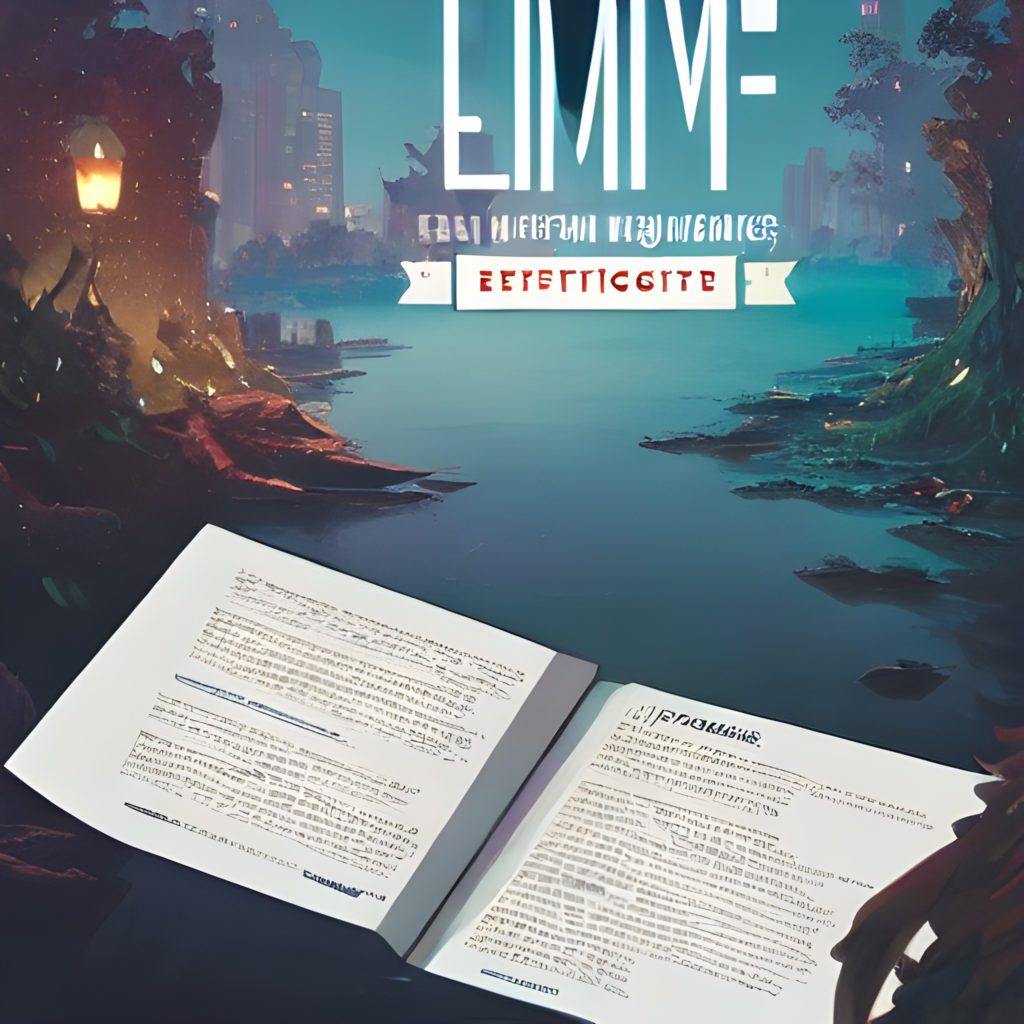GIPHY is an online database and search engine that allows users to search for and share GIF files. The platform is designed to help users quickly find the perfect GIF for any situation, from expressing emotions to sharing funny moments. GIPHY is owned and operated by Meta, formerly known as Facebook.
GIPHY’s vast library of GIFs includes millions of files covering a wide range of topics, from pop culture references to everyday life. The platform’s search engine makes it easy to find the perfect GIF by using keywords or phrases that relate to the desired mood or message.
In addition to its search functionality, GIPHY also allows users to upload and share their GIFs with others. This feature enables users to create and share custom GIFs with their friends and followers on social media, messaging apps, and other platforms.
GIPHY also provides various tools for developers and businesses to integrate GIFs into their products and services. These tools include APIs, SDKs, and widgets that enable easy integration of GIPHY’s search and sharing functionality into websites, apps, and other digital products.
The three main features that set it apart are:
Key Features
- Vast Library of GIFs: GIPHY offers an extensive library of millions of GIFs covering many topics and themes, from pop culture references to everyday life.
- Powerful Search Engine: GIPHY’s search engine makes it easy to find the perfect GIF by using keywords or phrases that relate to the desired mood or message. This feature helps users quickly find and share the exact GIF they need.
- Custom GIF Creation: GIPHY allows users to upload and share their custom GIFs with others. This feature allows users to create and share their own unique GIFs, helping them express themselves fun and creatively.
Other features to keep in mind include the following:
- Categories & Tags: GIPHY categorizes its GIFs into various types and tags, making it easy for users to browse and discover relevant GIFs.
- Trending GIFs: GIPHY features a “Trending” section that showcases viral GIFs currently trending on the platform.
- GIF Editor: GIPHY’s GIF editor allows users to add text, stickers, filters, and other effects to their GIFs, enabling them to customize and personalize their creations.
- Integrations: GIPHY provides integrations with various messaging apps, social media platforms, and other digital products, allowing users to share their GIFs on multiple platforms easily.
- API & SDKs: GIPHY provides APIs and SDKs that enable developers to integrate GIPHY’s search and sharing functionality into their products and services.
- Analytics: GIPHY provides analytics that allows users and developers to track their GIFs’ performance, including views, shares, and engagement metrics.
Brand Channels: GIPHY offers brand channels that allow businesses and organizations to create and share their own branded GIFs, helping them to connect with their audiences in a fun and creative way.






















